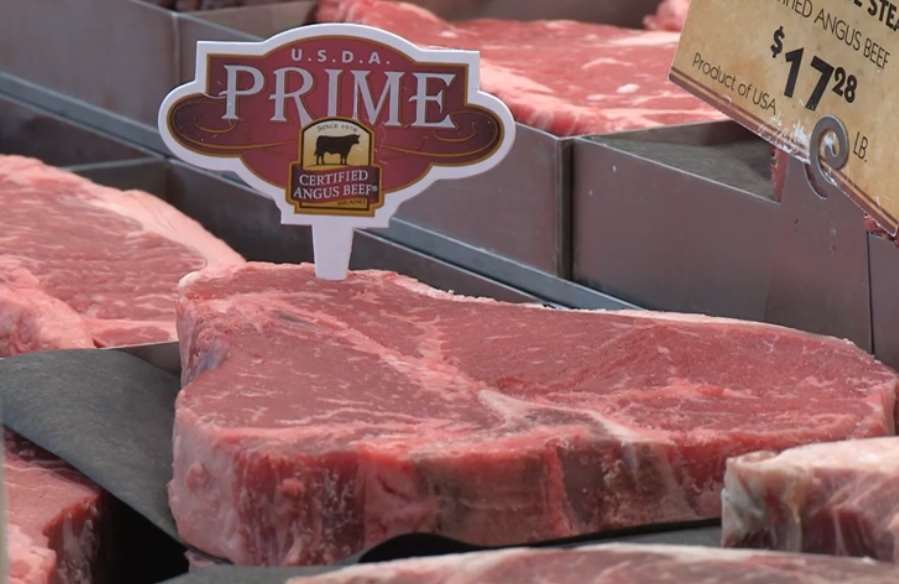
Prime. It was once referred to as a “happy accident.” Today it’s a logical target for cattle producers.
“We used to think 2-3 percent of cattle would grade Prime and maybe we couldn't predict that. That was just kind of a random occurrence,” said Mark McCully, vice president of production for Certified Angus Beef LLC. “I think what we've learned really in the last five or ten years is in fact that we're today up 5 percent and 6 percent of all our cattle are grading Prime on a national average. We're finding sets of cattle, herds of cattle, breeders that have, cattlemen, that have focused on that target that are able to achieve 30 percent and 40 percent and 50 percent prime, so levels that we really never thought were possible before with today's genetics certainly are.”
Data show most super-high-grading cattle excel in other productions traits, too. Long-held myths don’t play out in real life.
“We know in fact today those are cattle that grow and perform and convert as good or better than your average cattle for sure. They're heavier,” McCully said. “You can have that high level of carcass merit and marbling in particular without sacrificing performance, without sacrificing maternal function all the things that we know are economically relevant to cattleman as well.”
When cattlemen sell on a grid, Prime carcasses routinely earn $10 to even $30 per-hundredweight over Choice. That can add $100 to $300-per-head bonuses for hitting the mark.
Increasing supplies of the highest grading beef allows it to move beyond just the traditional users - “white table cloth” restaurants-which builds more and more demand at both retail and foodservice.
“I think if we look at from a historical standpoint we've doubled the amount of Prime product that we've put out there over the last handful of years,” McCully said. “In fact, we've seen the spreads and the premium stay just as big as they have been. I think what we have an opportunity to do is expose at the point, a new customer to our prime product.”
Farmers and ranchers who want to capitalize on this growing trend need to look first at the beginning.
“I think when we talk about prime production we think about marbling. Marbling is largely driven off genetics. We know that. There has to be genetic selection pressure put on marbling to hit these high levels. Paying really close attention not just to breed but also what are the differences within that breed,” McCully concluded. “Looking at the Angus breed, paying attention to that marbling EPD specifically and selecting those cattle that are on the upper end, the upper percentile. They're also hitting your other economically, that are also calving ease cattle and with growth and performance but putting an extra selection pressure on marbling.”
Click here to see more...